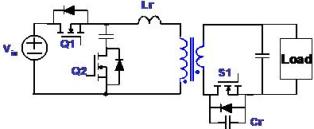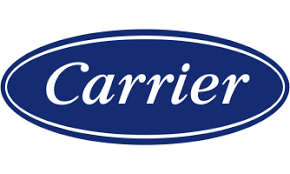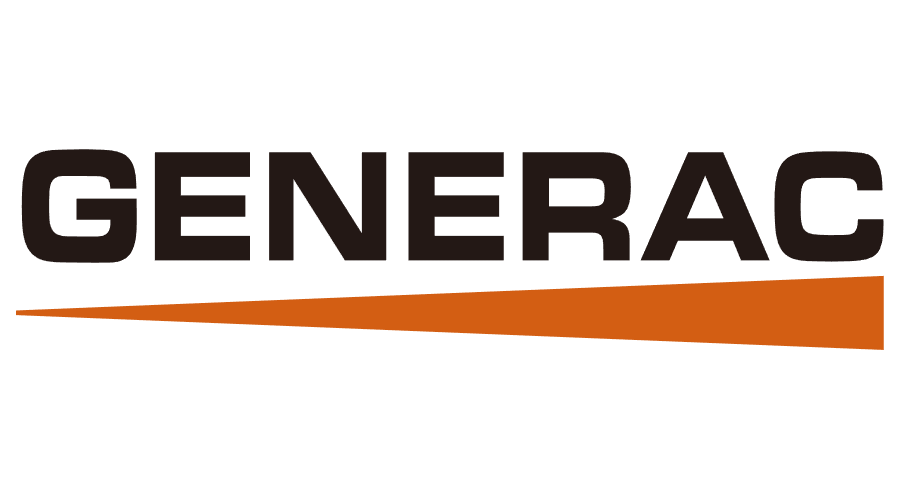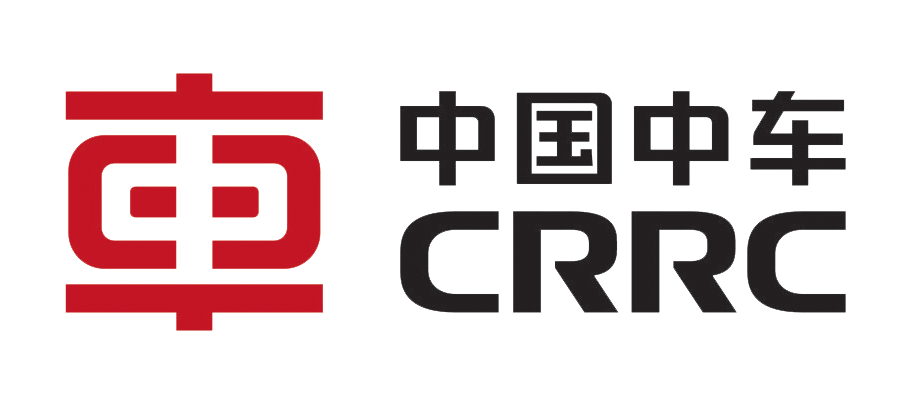RESEARCH
Resonant Synchronous Rectification (2004)

- Turn off the synchronous rectifier in ZCS by the resonance between leakage inductor and the capacitor which is in parallel with SR. As a result, there is no current going through the body diode after the SR turns off.
- By taking advantages of the slow drain-to-source voltage decreasing speed of SR which is determined by LC resonance, a voltage sensing scheme in driver detecting the zero voltage point can make SR turned on at the exact timing without any turn on loss and body diode conduction.
Based on this concept, a family of novel resonant synchronous rectifier DC/DC converters is derived. It features soft-switching and no body diode conduction, which is very promising for high switching frequency operation. The prototype is a 1MHz 1/16 brick version, which can achieve 1.2V/25A output with 85% efficiency.






























































































